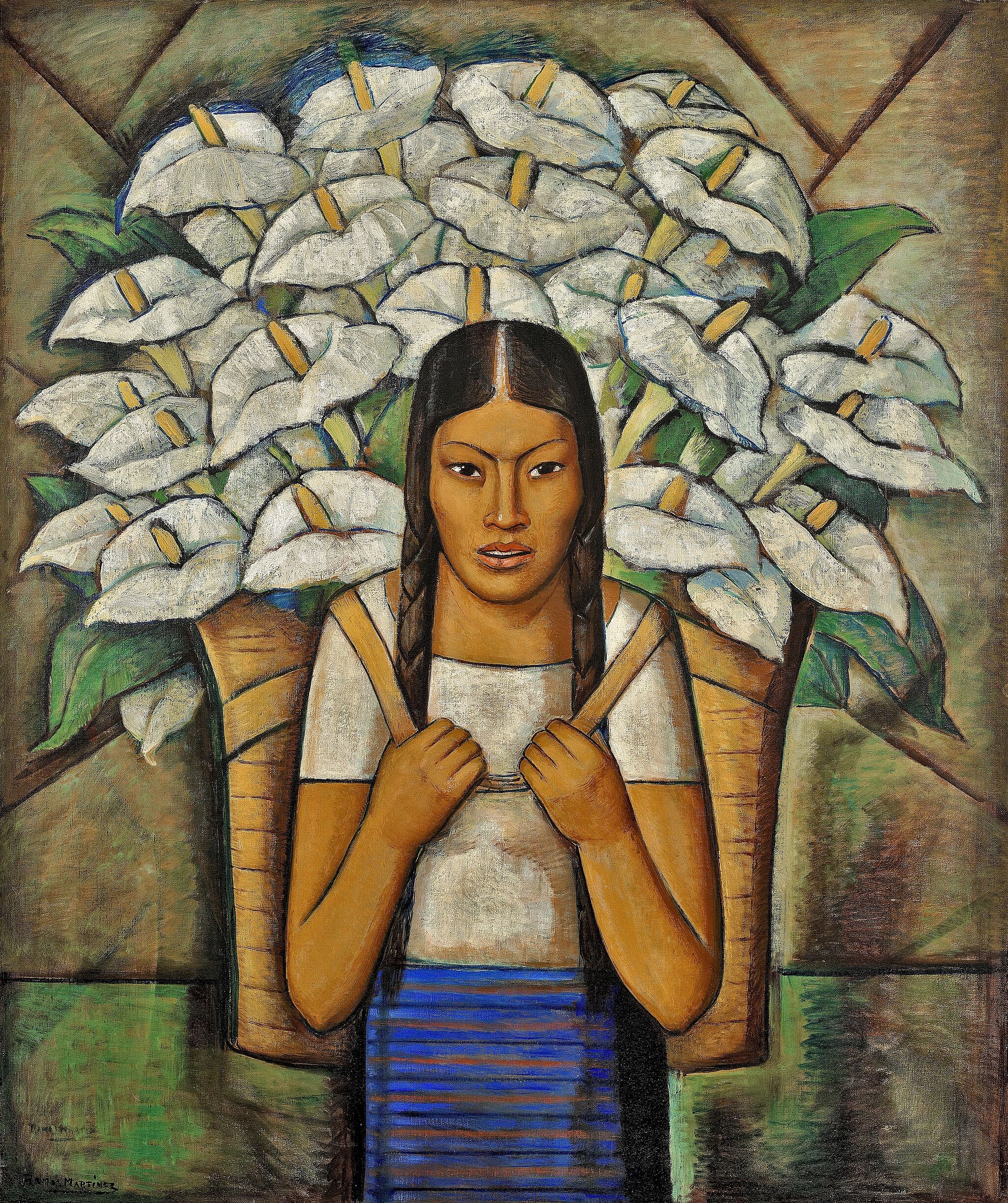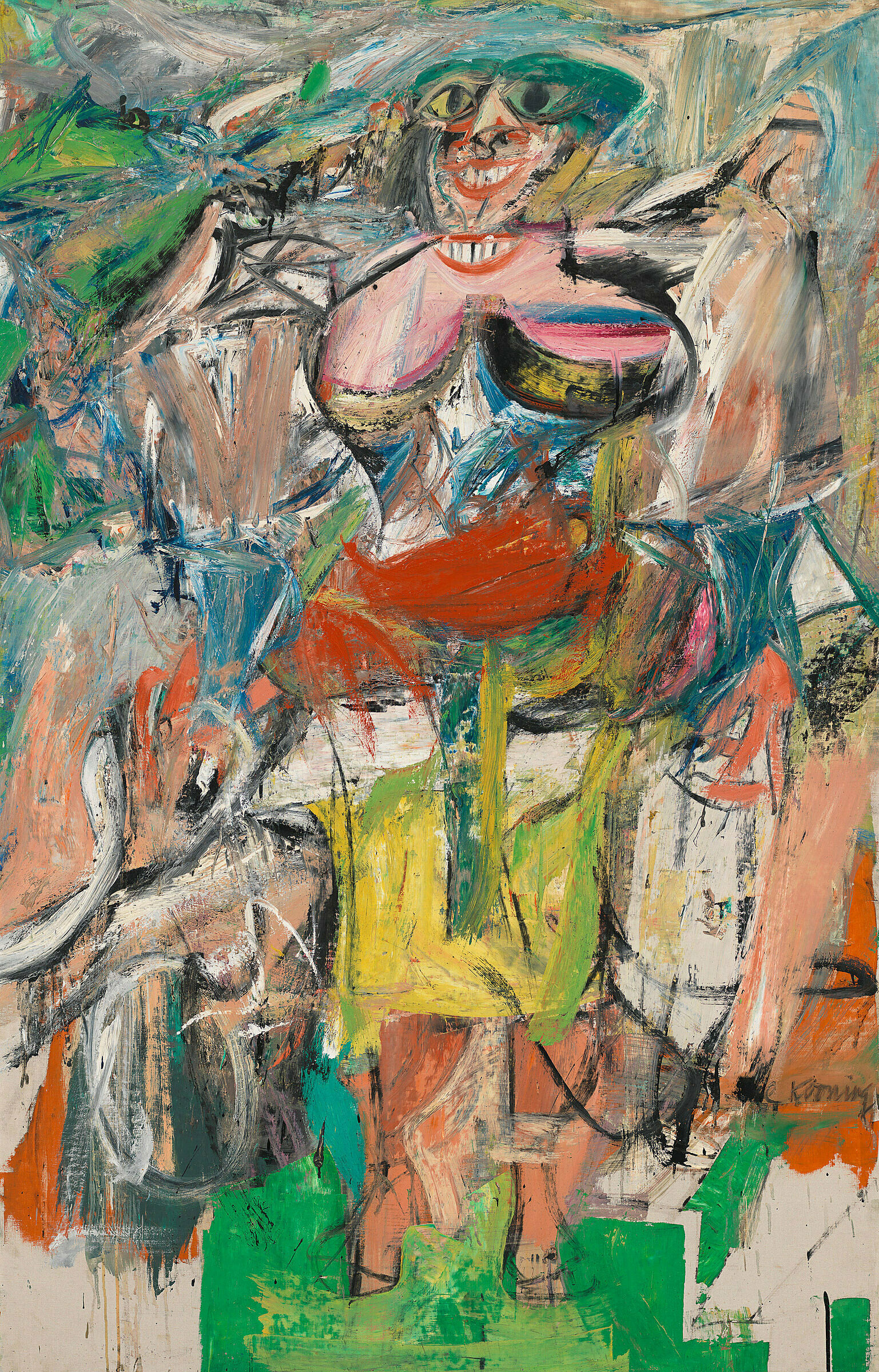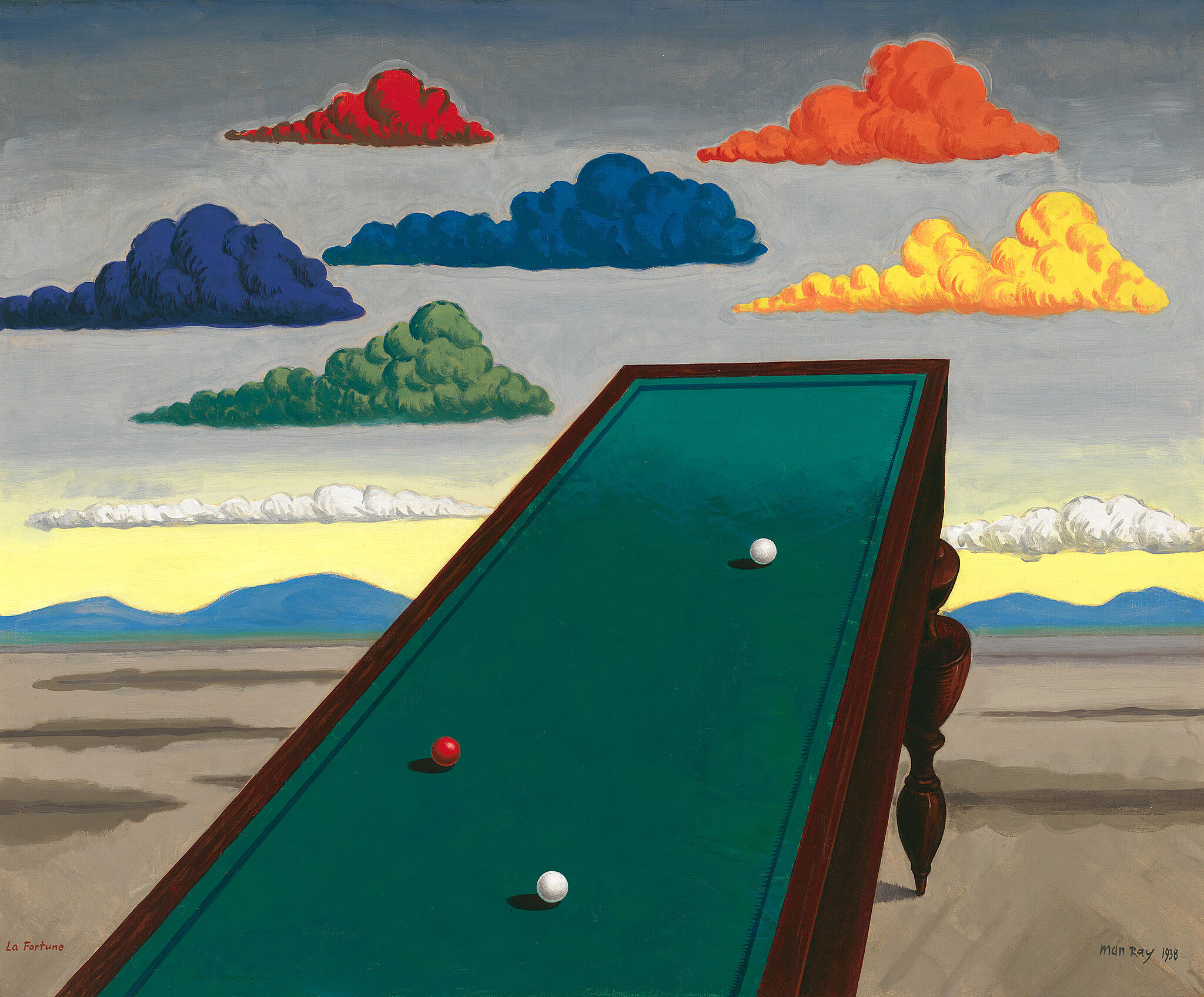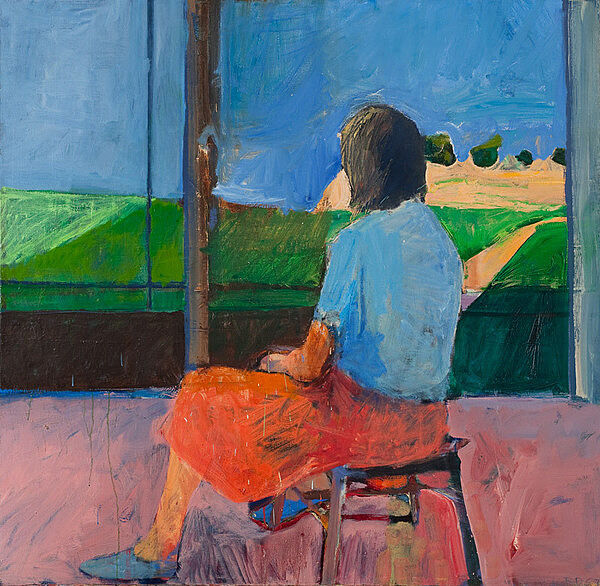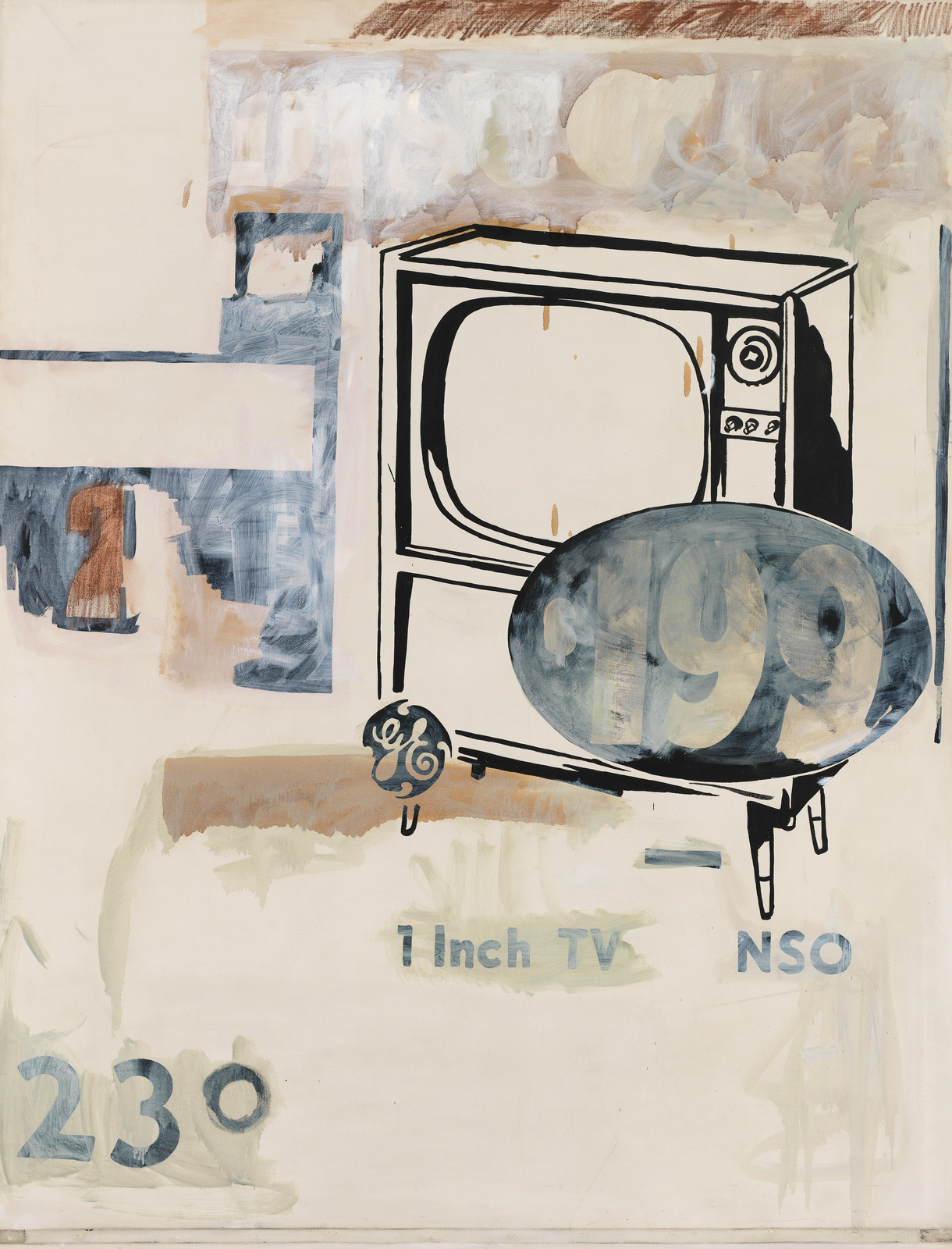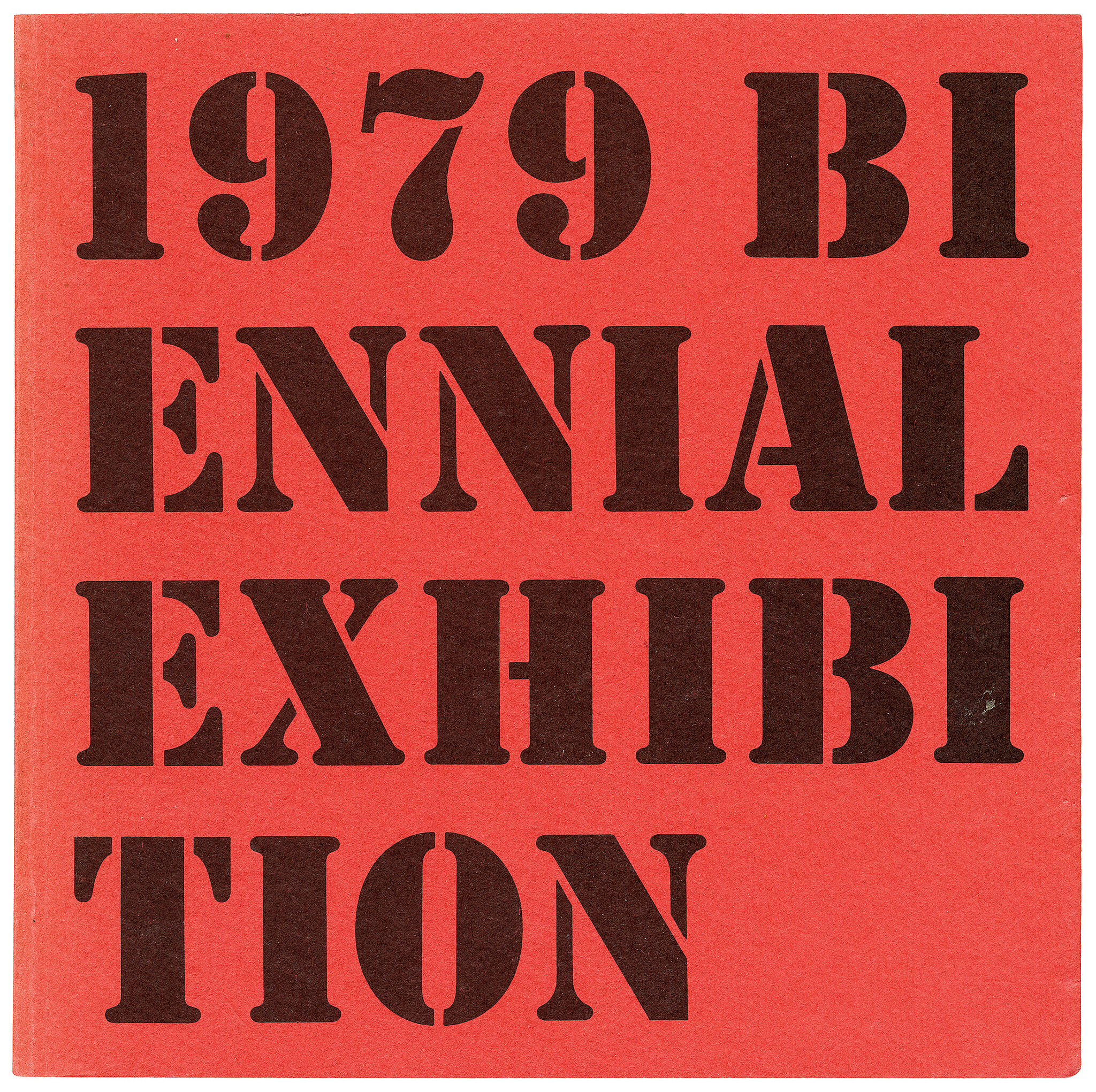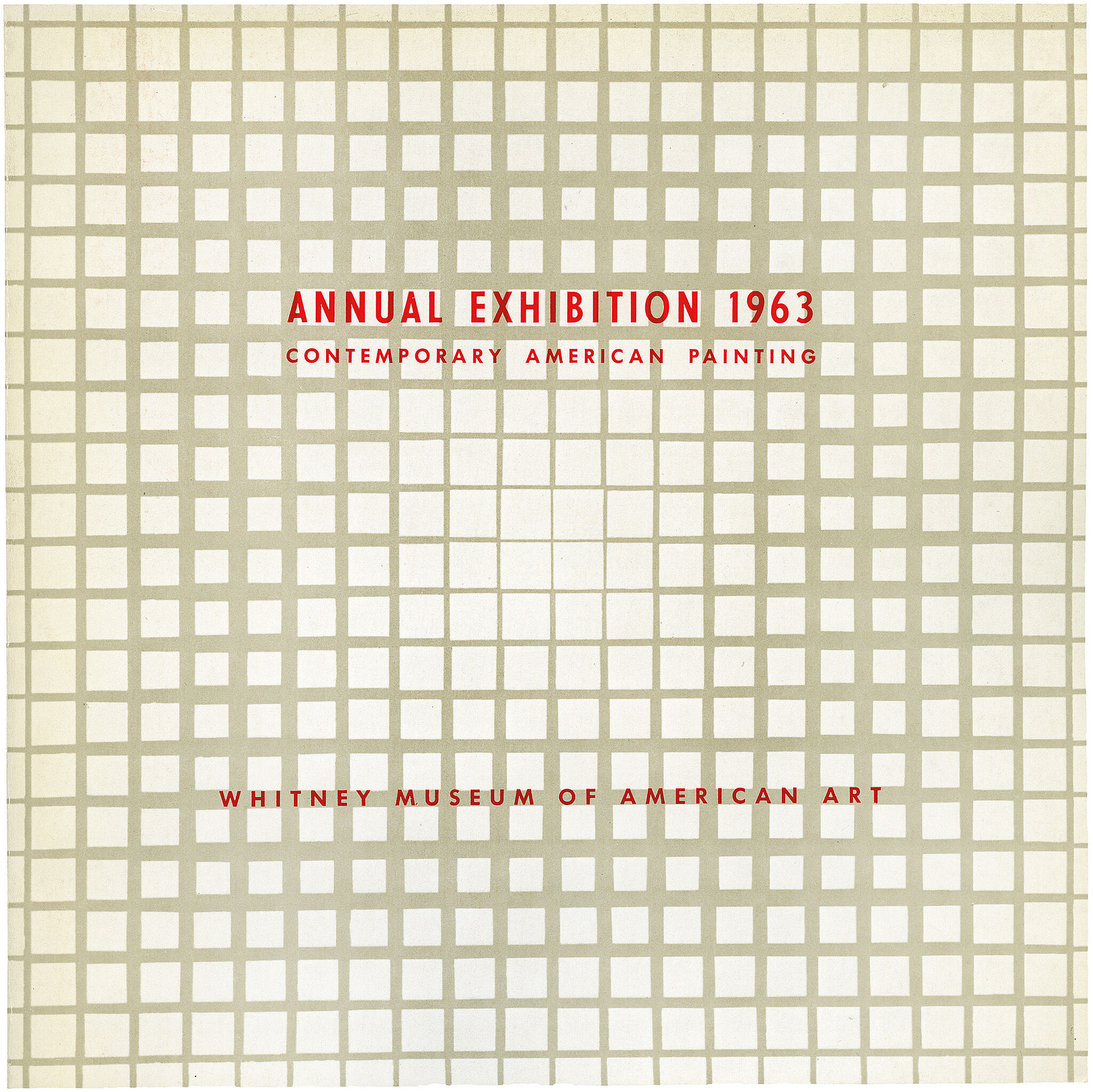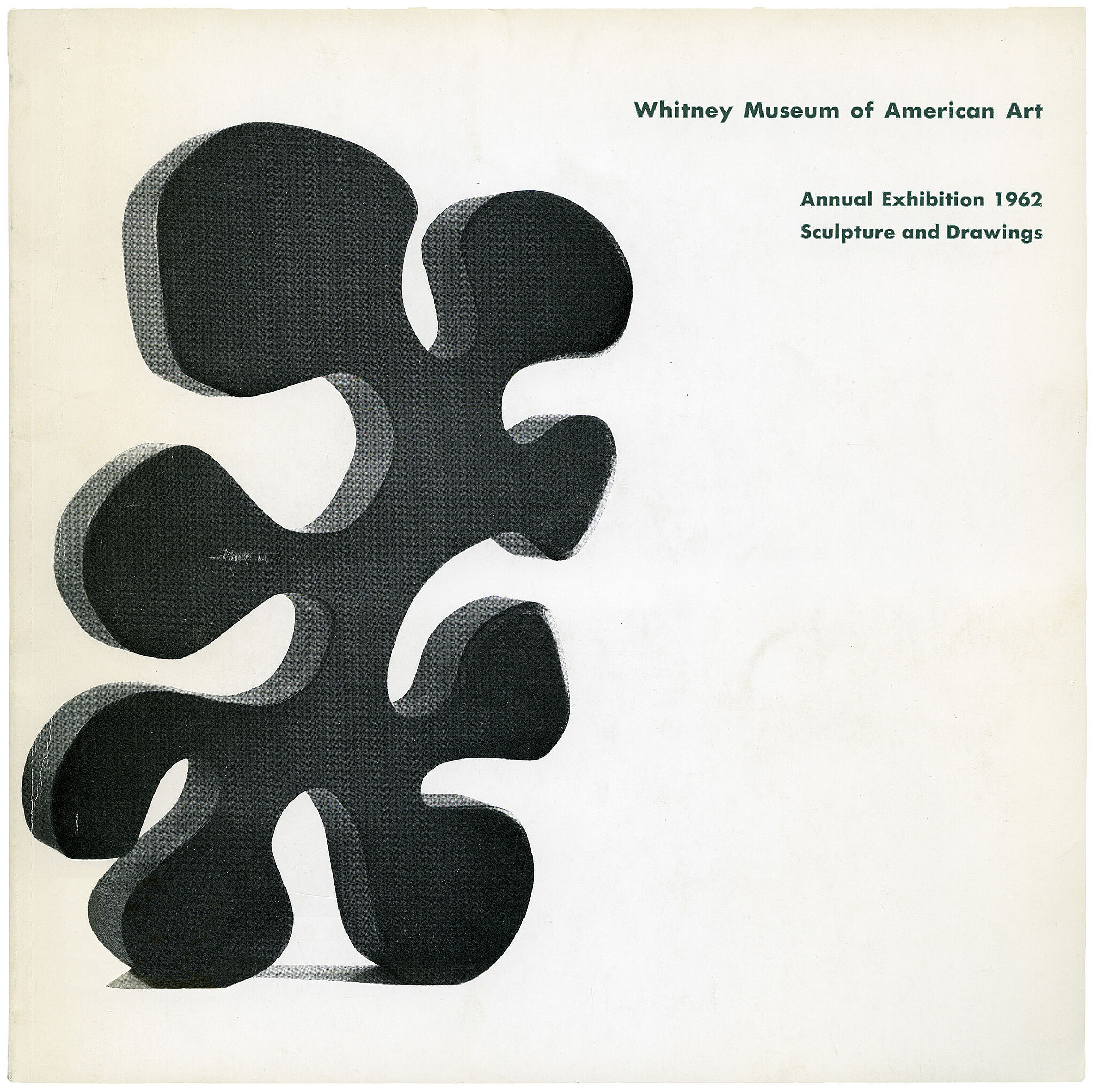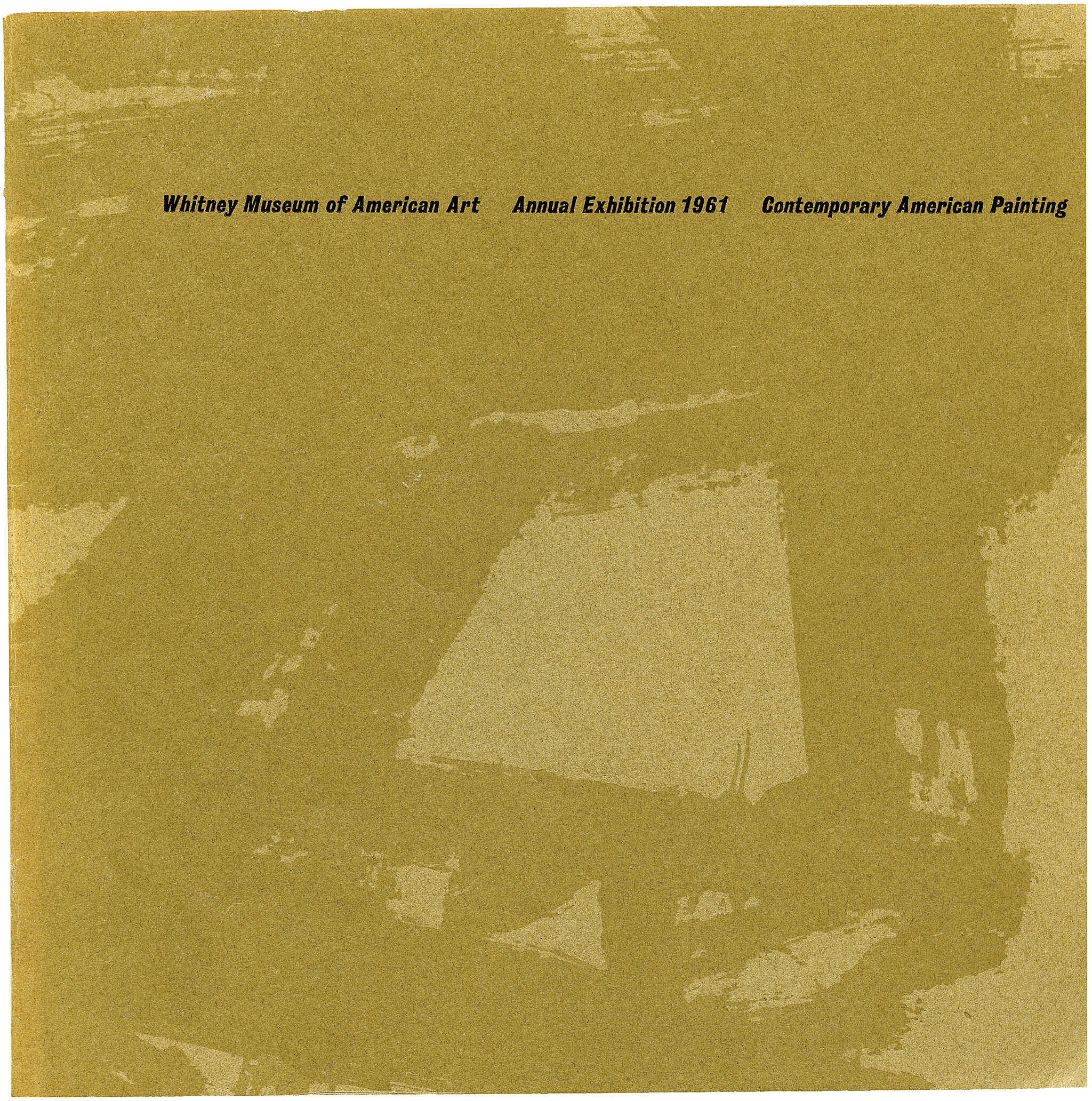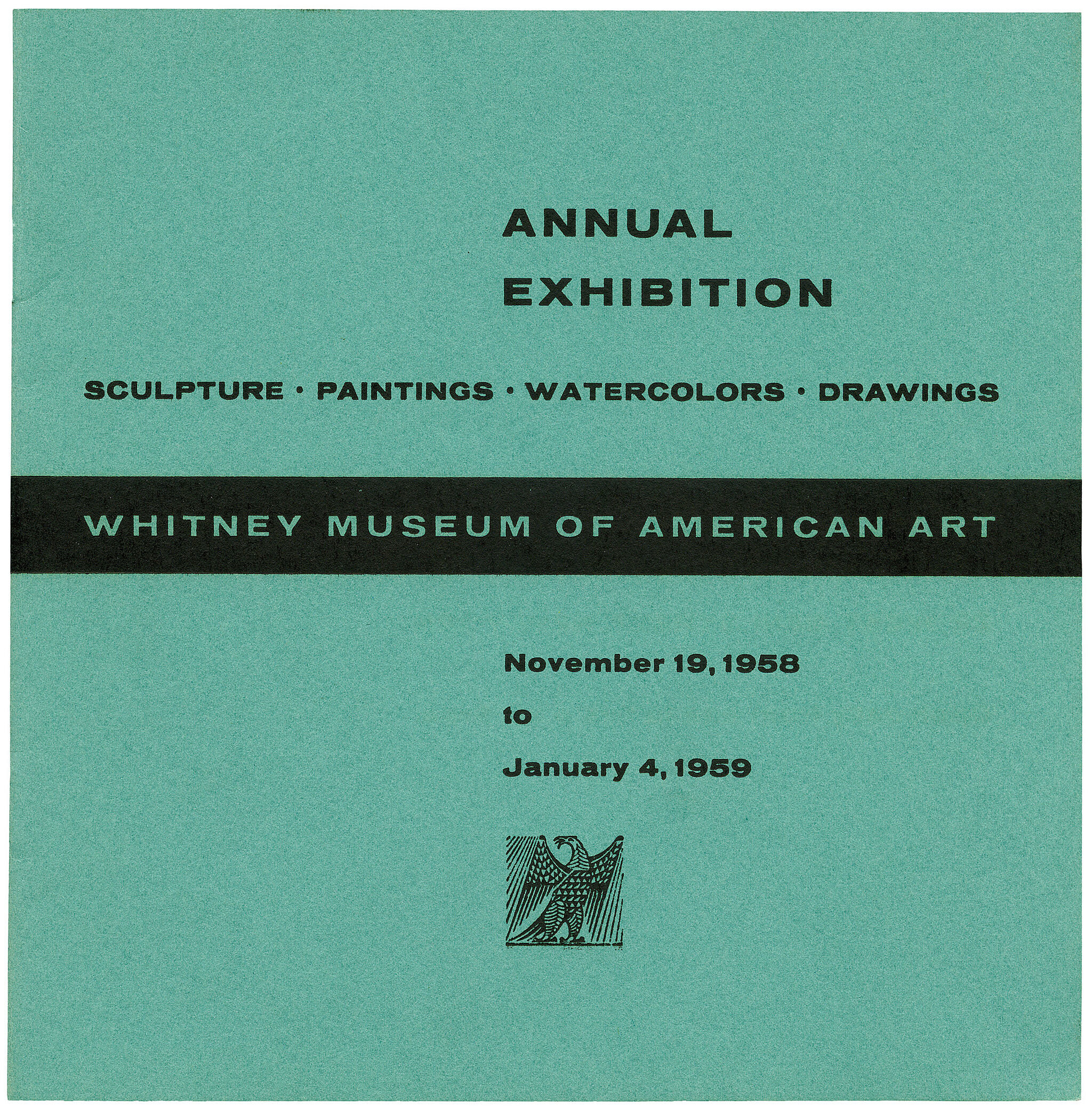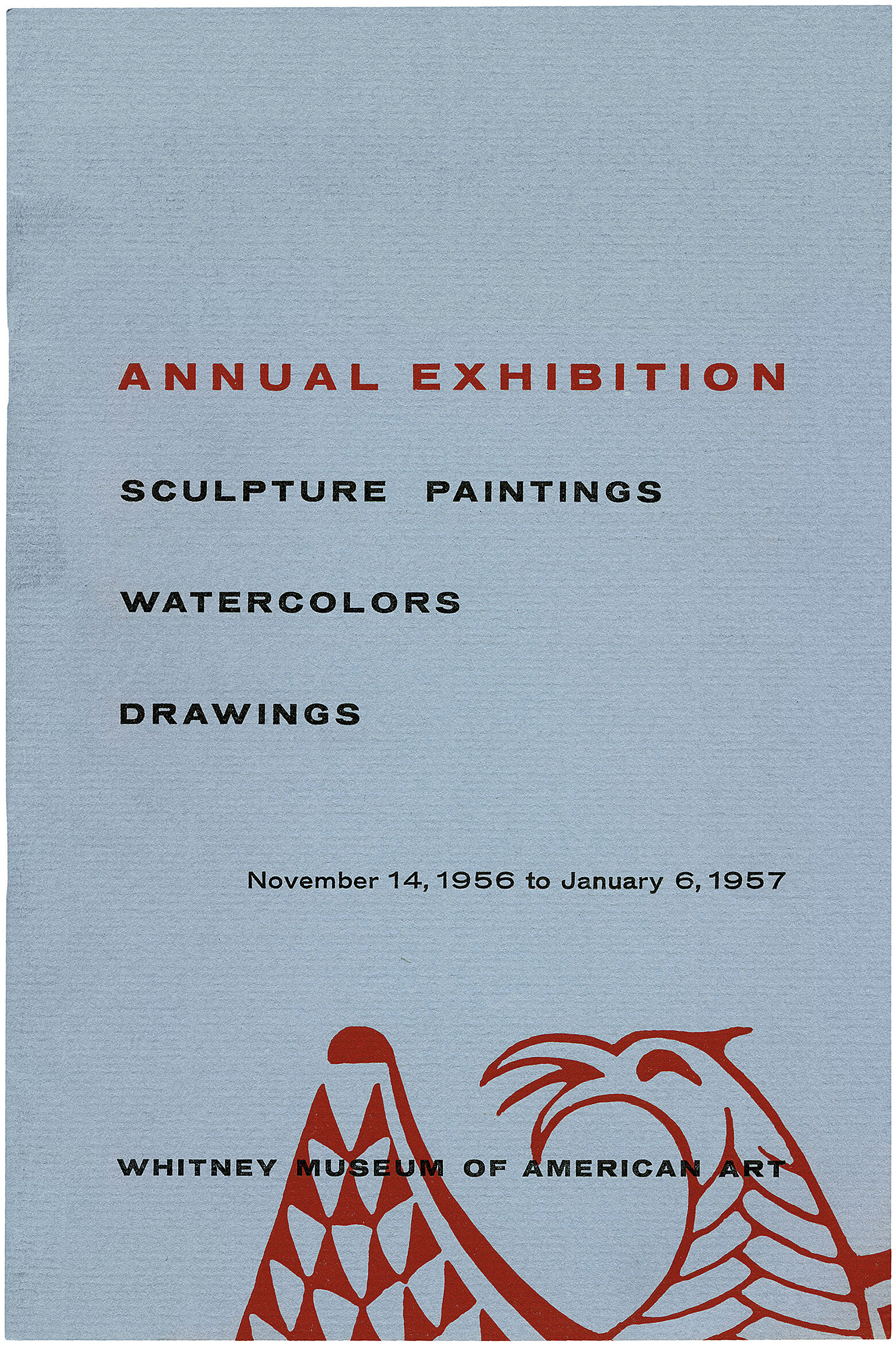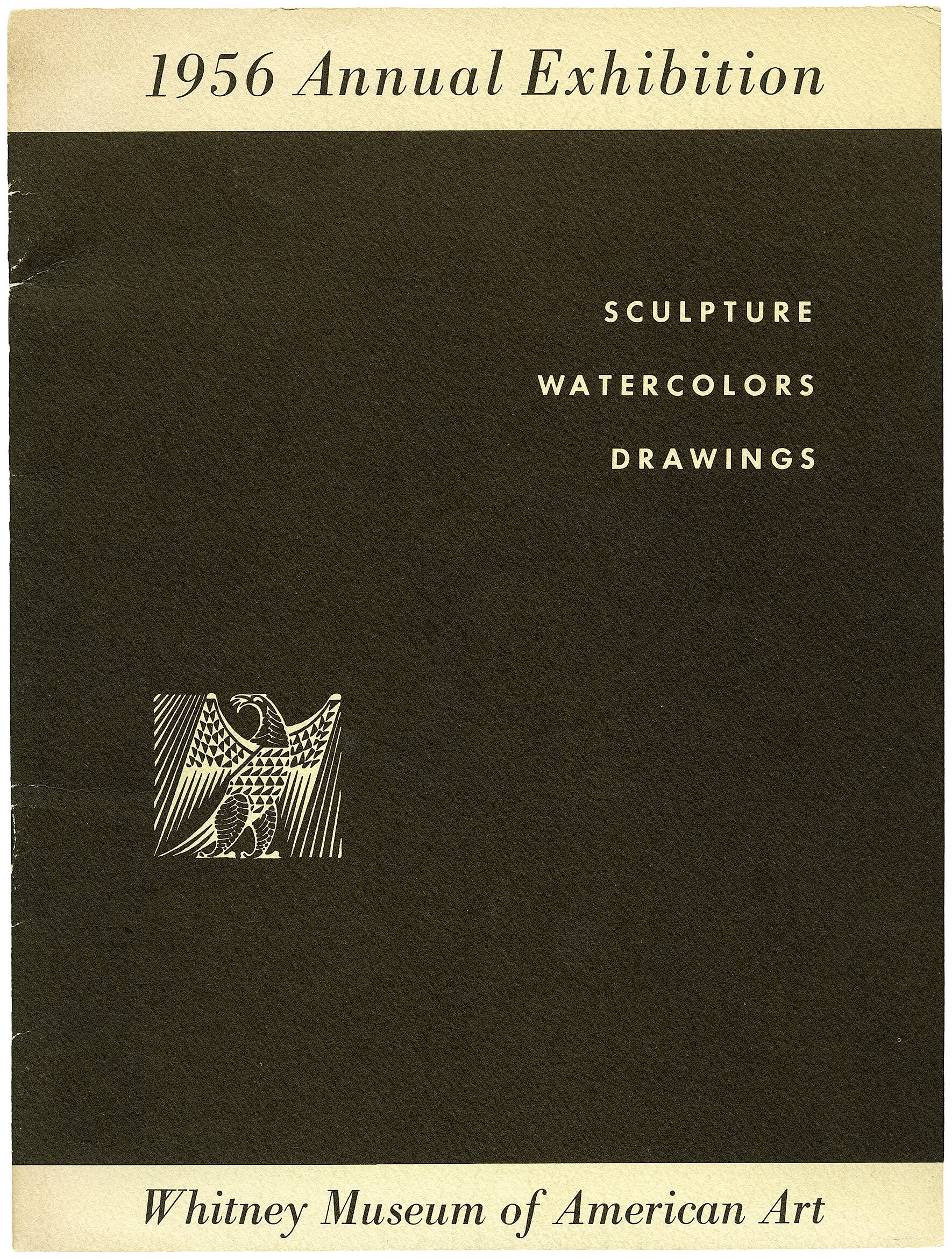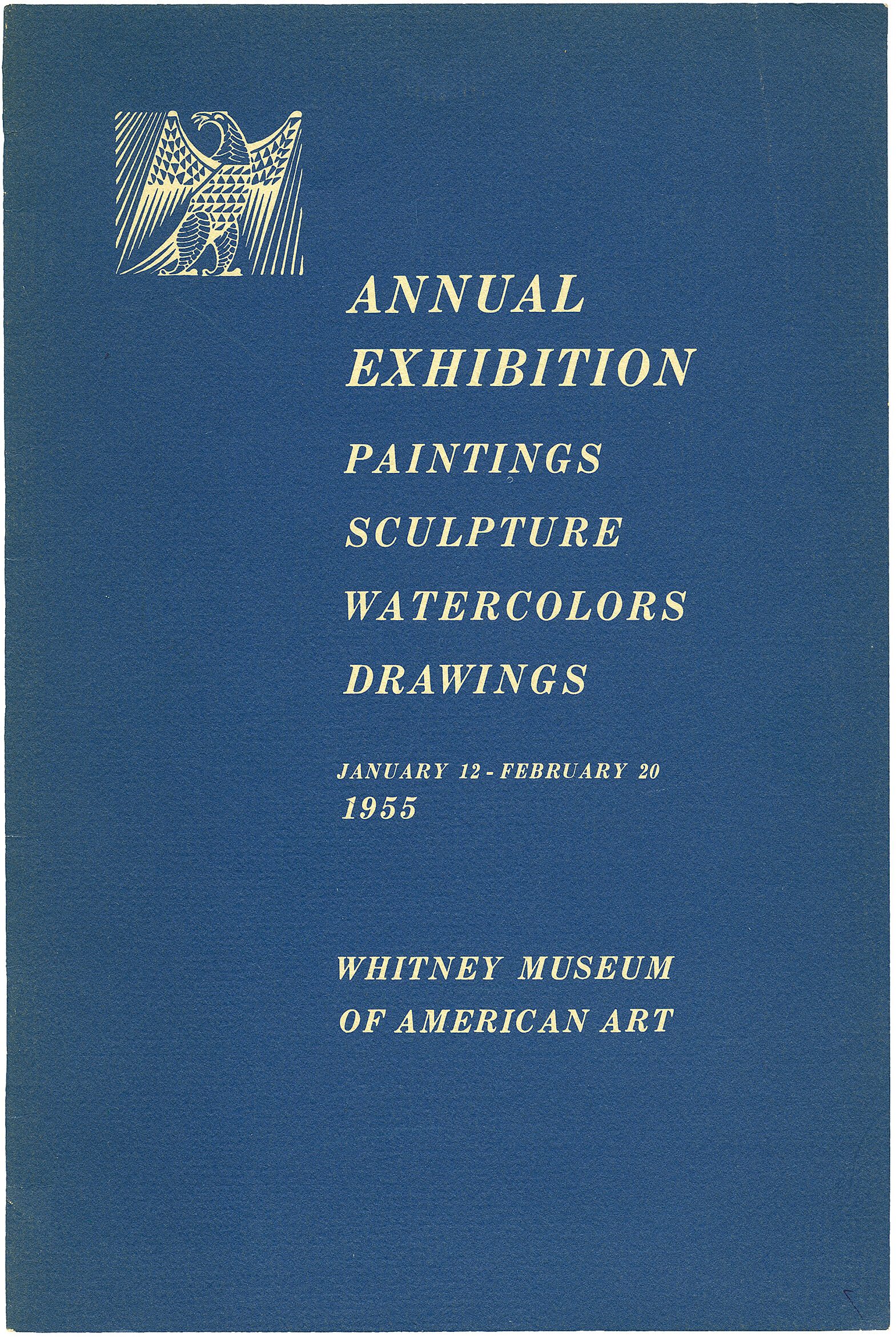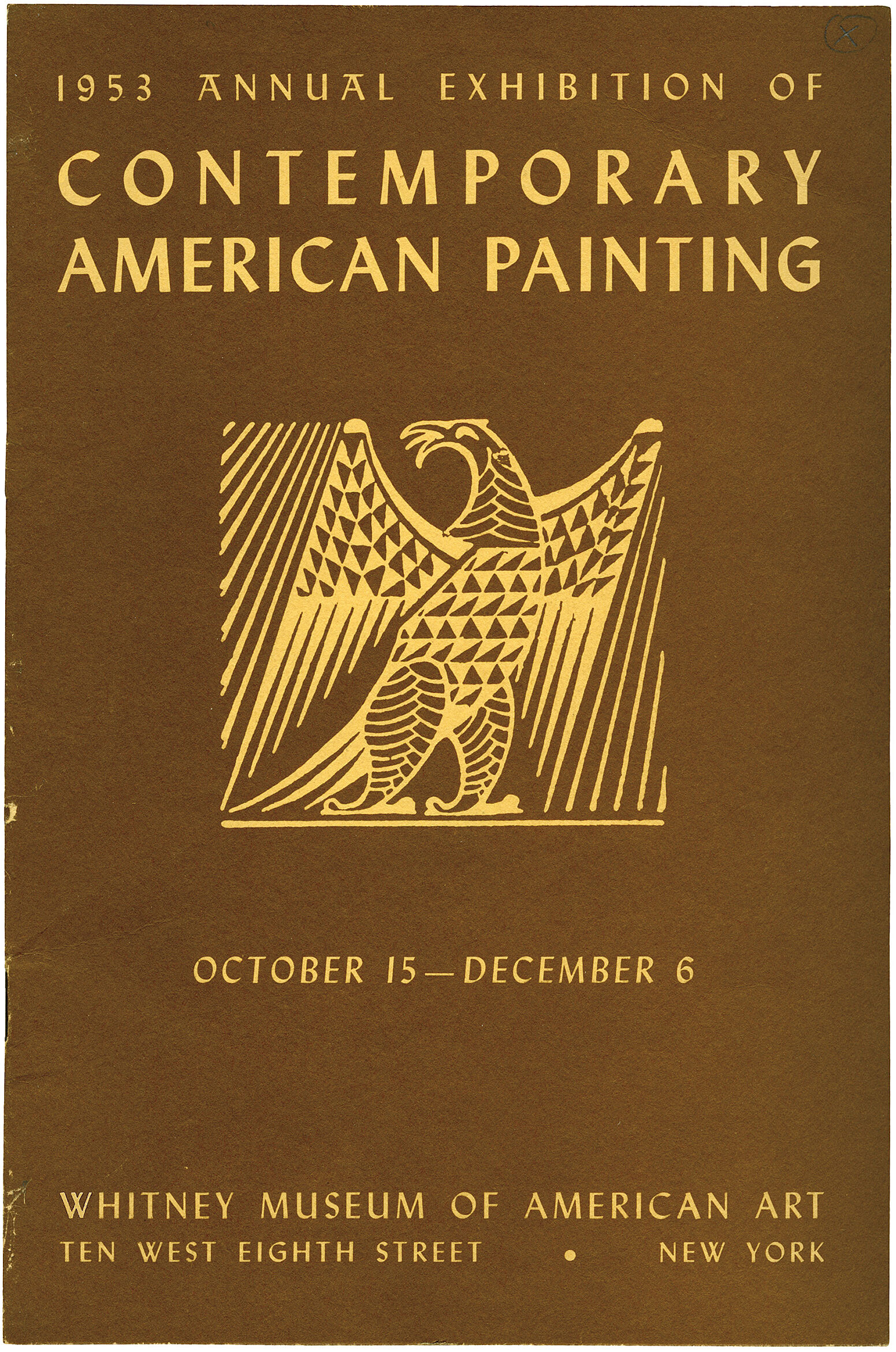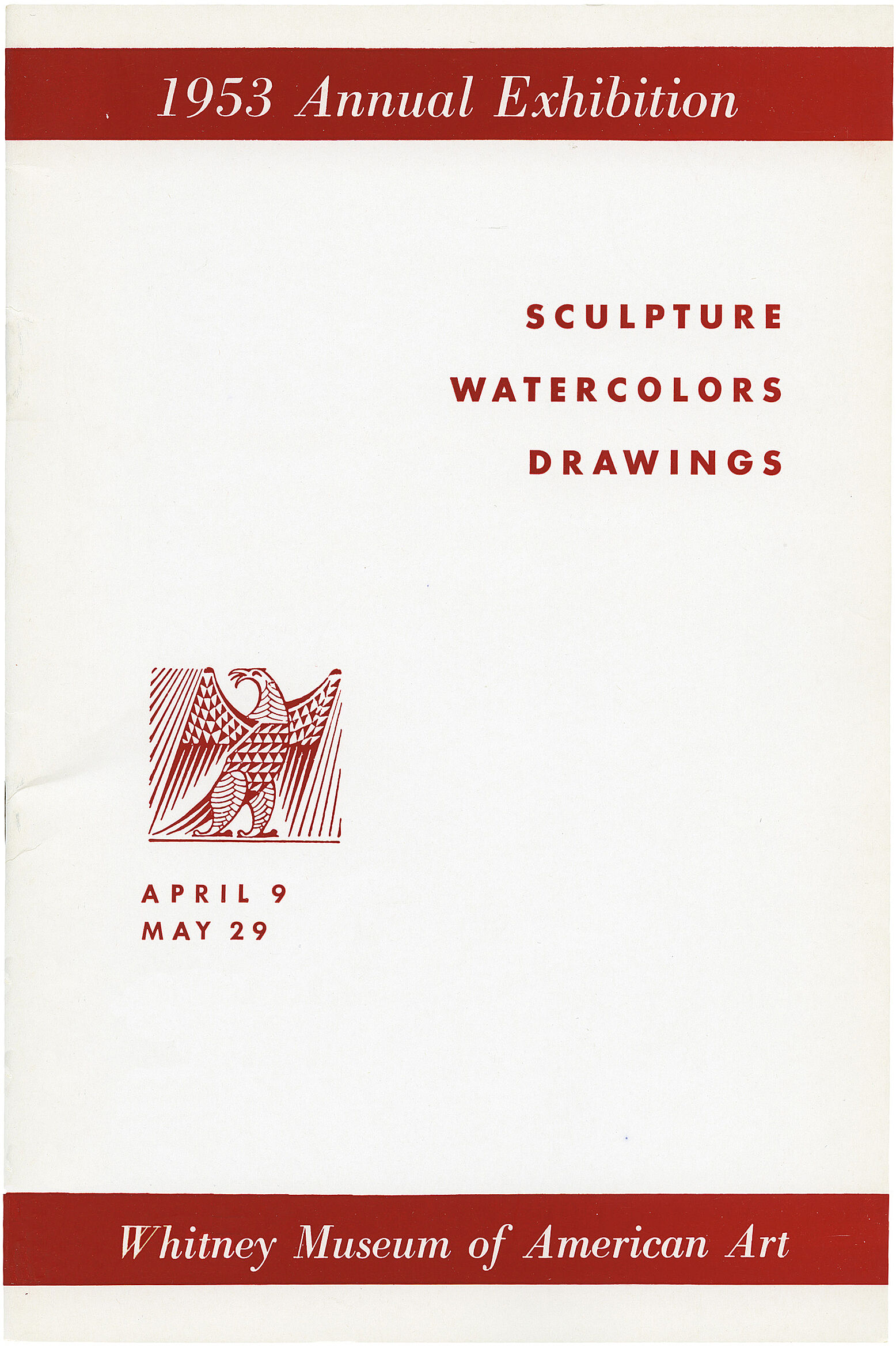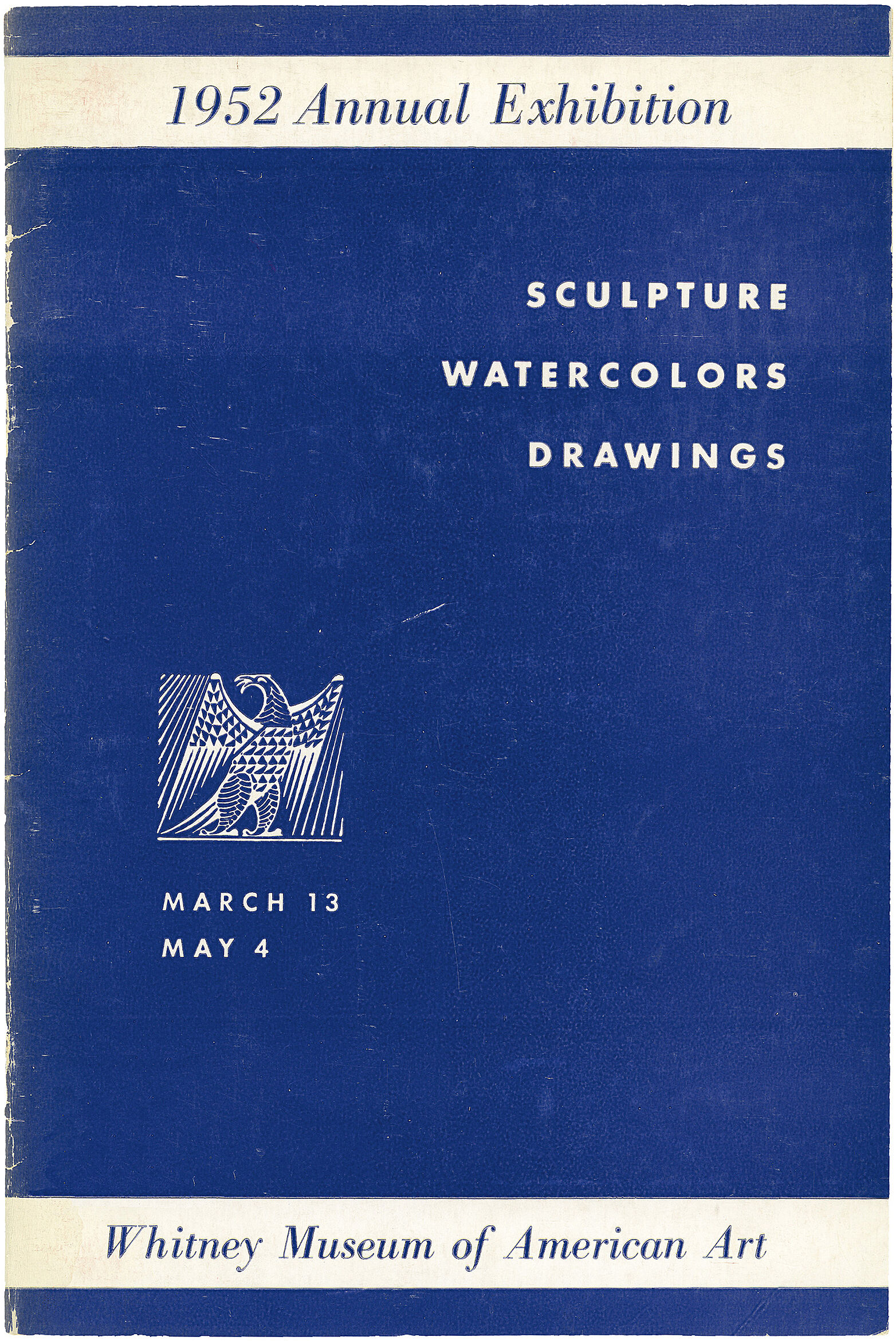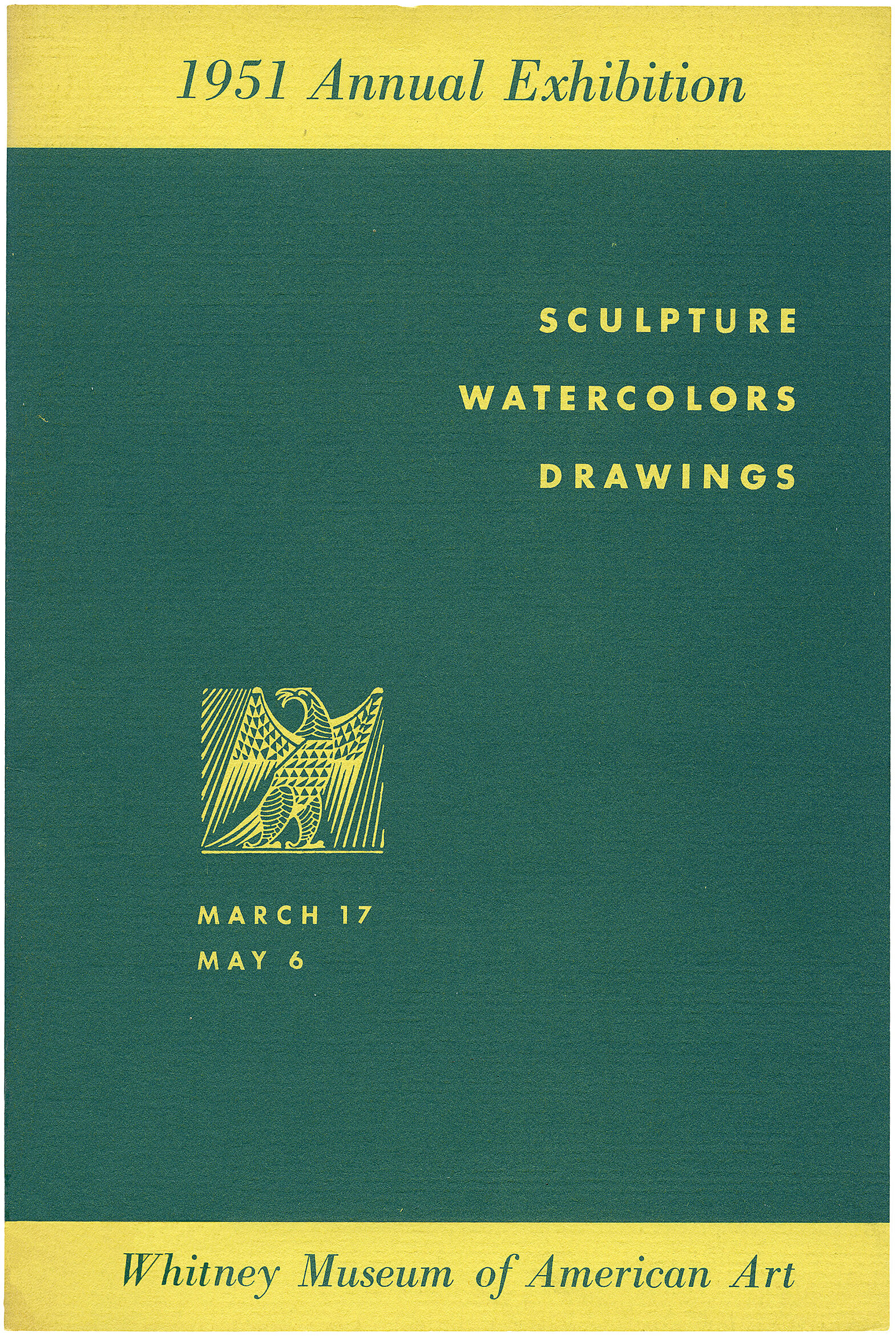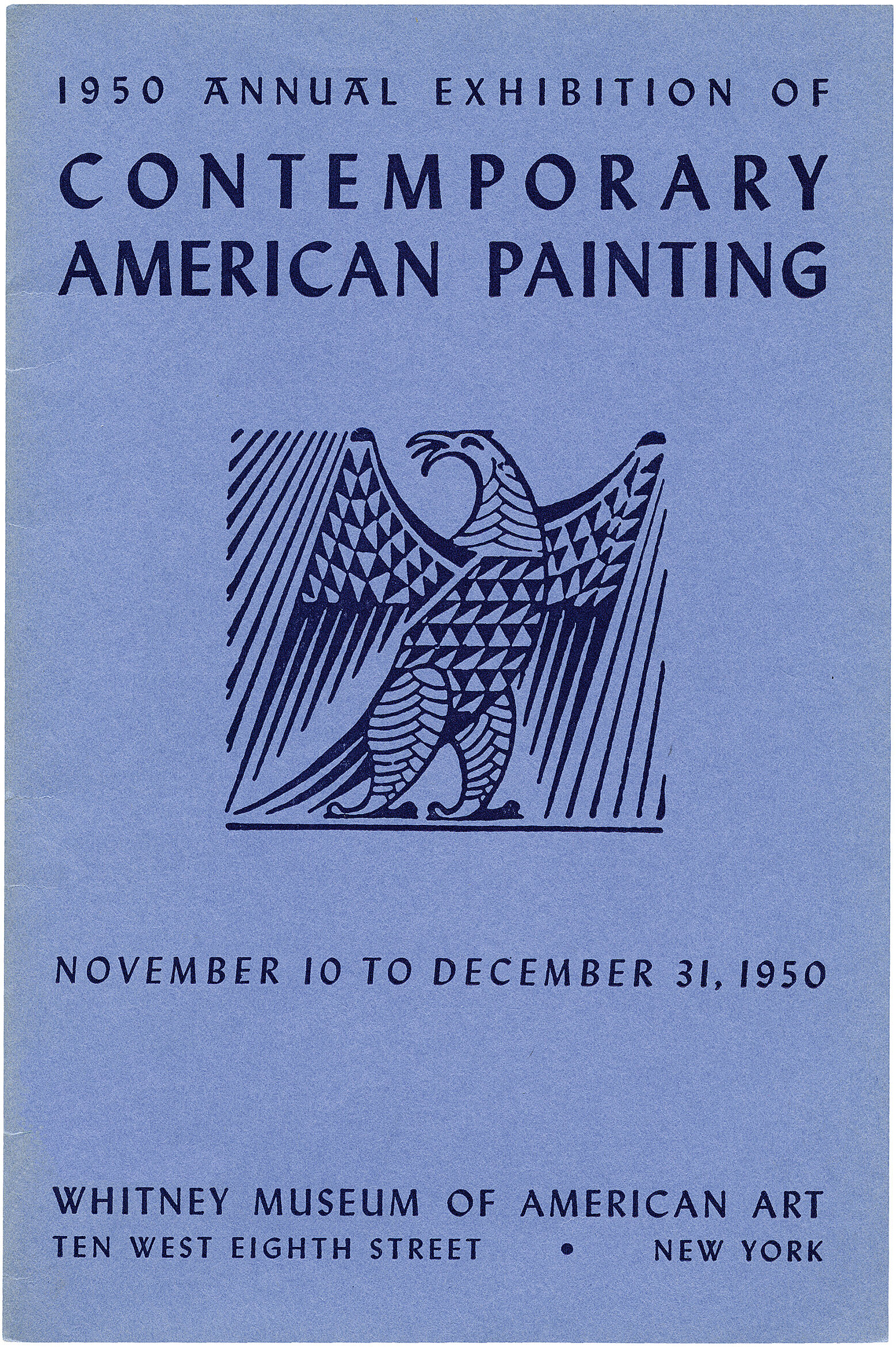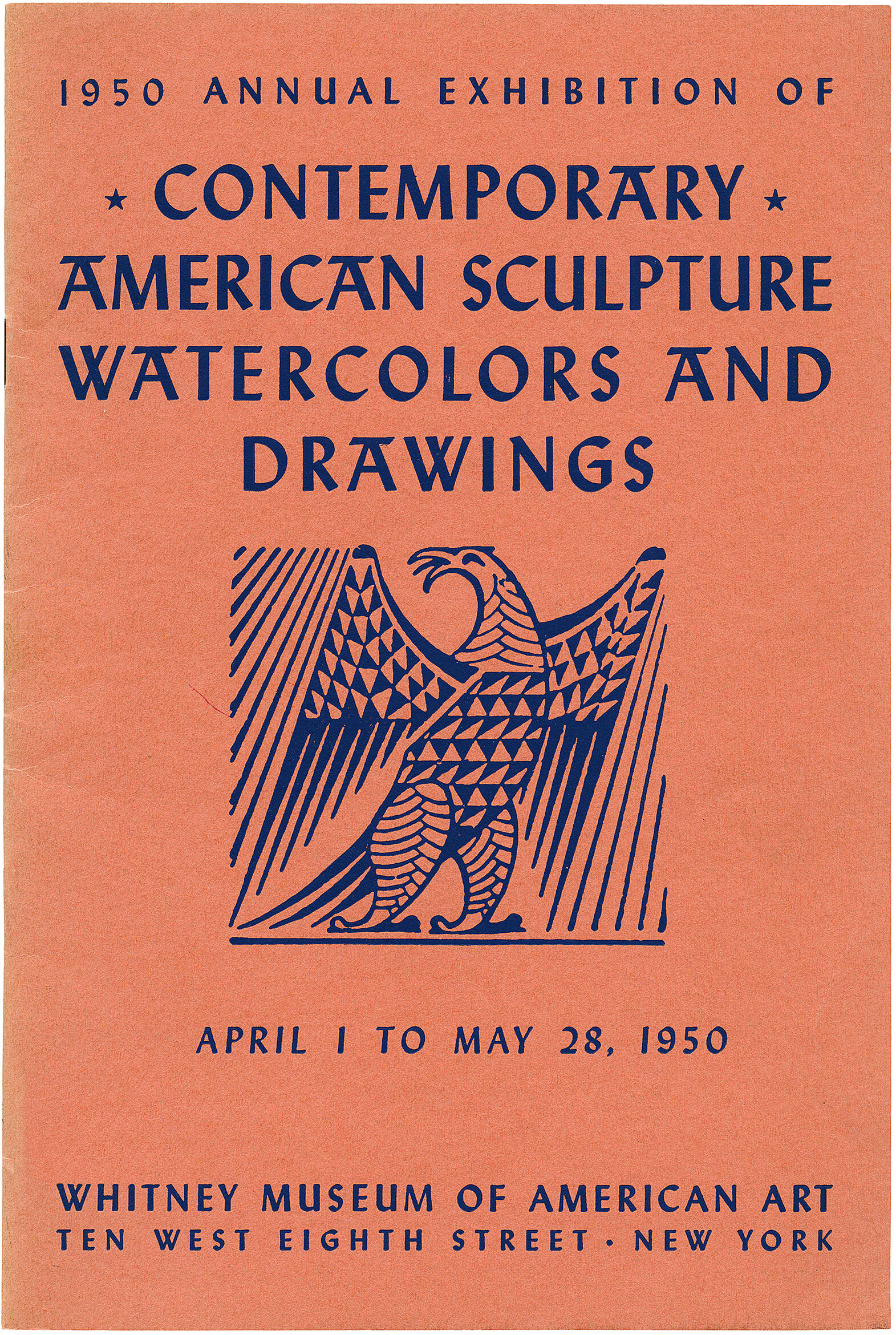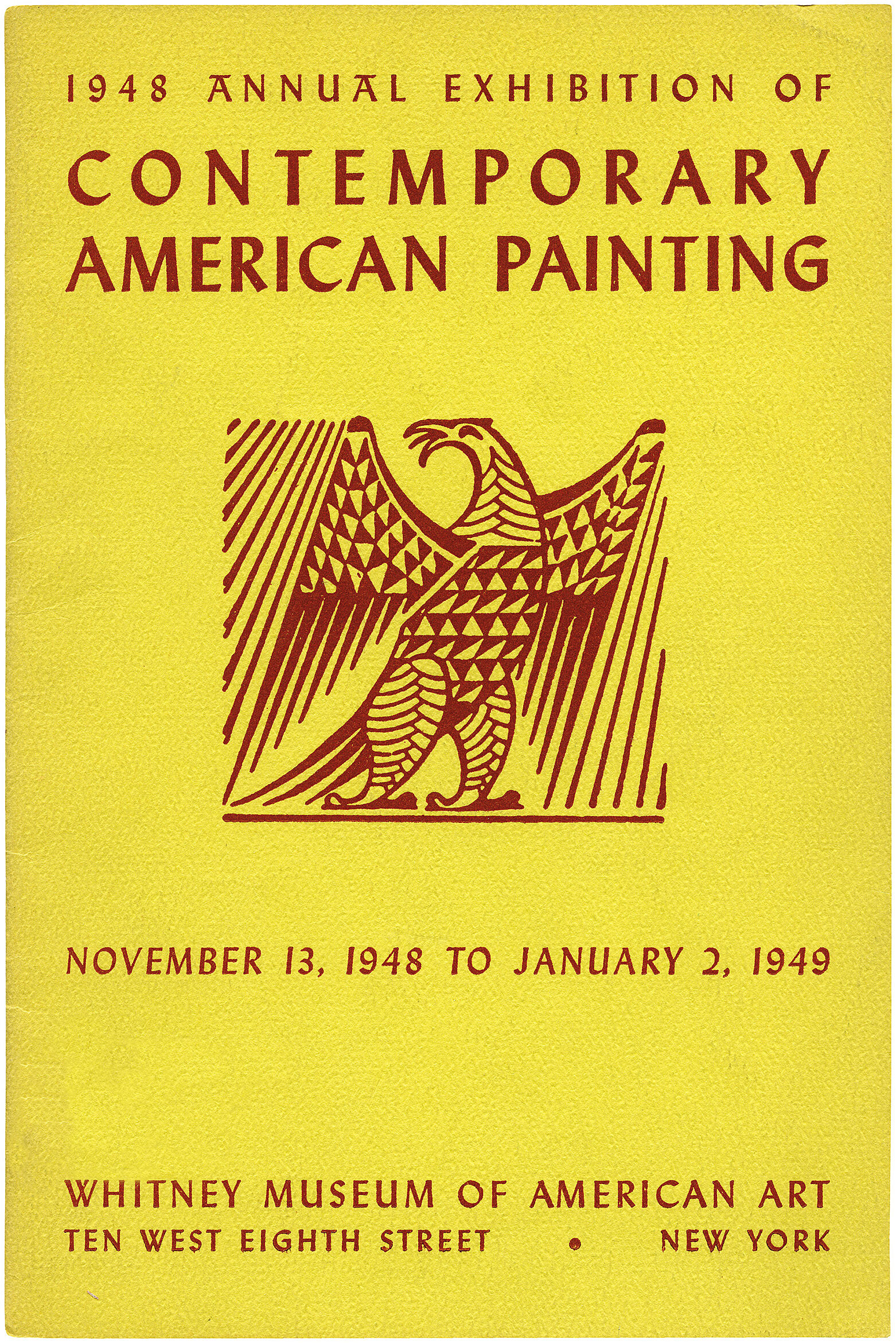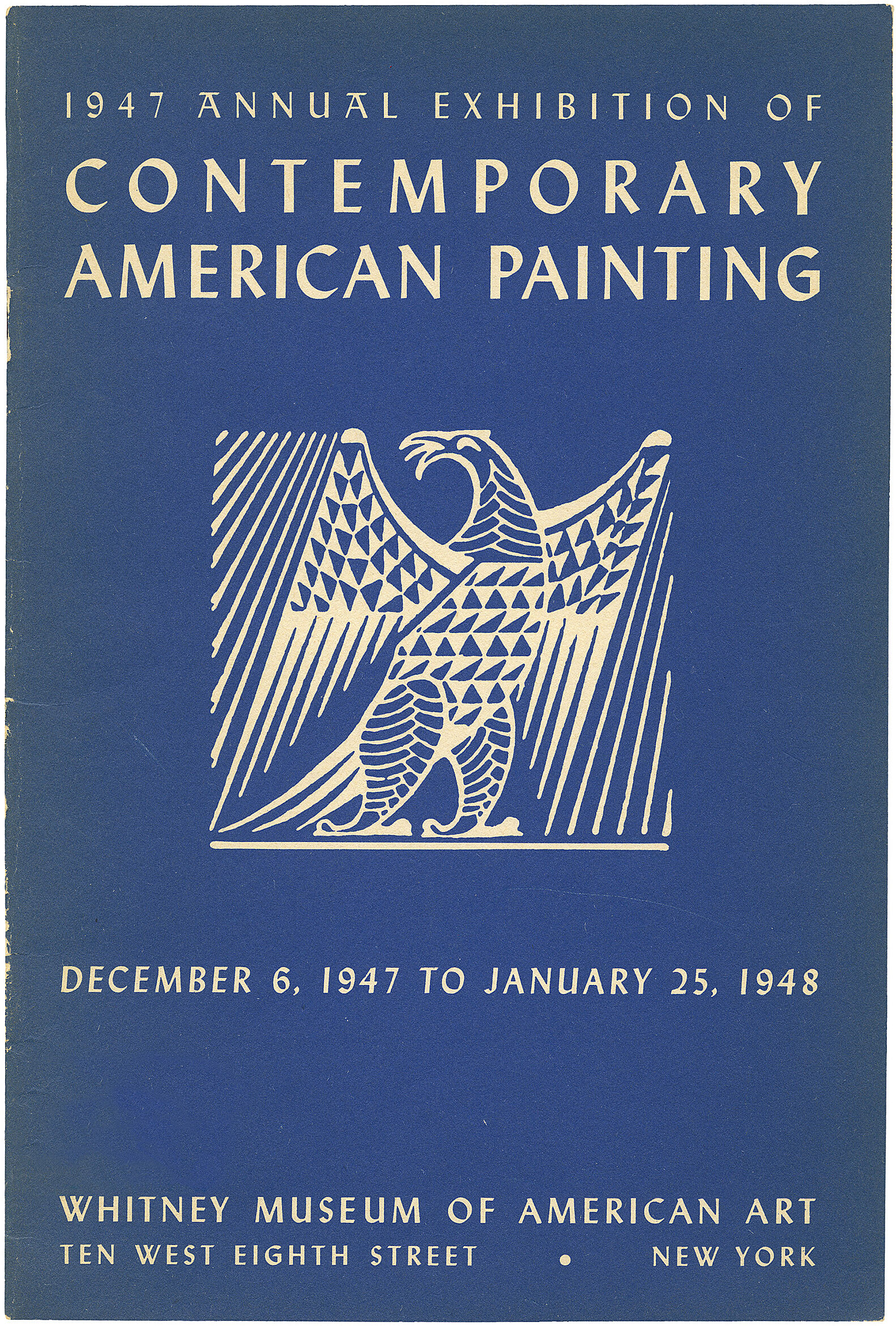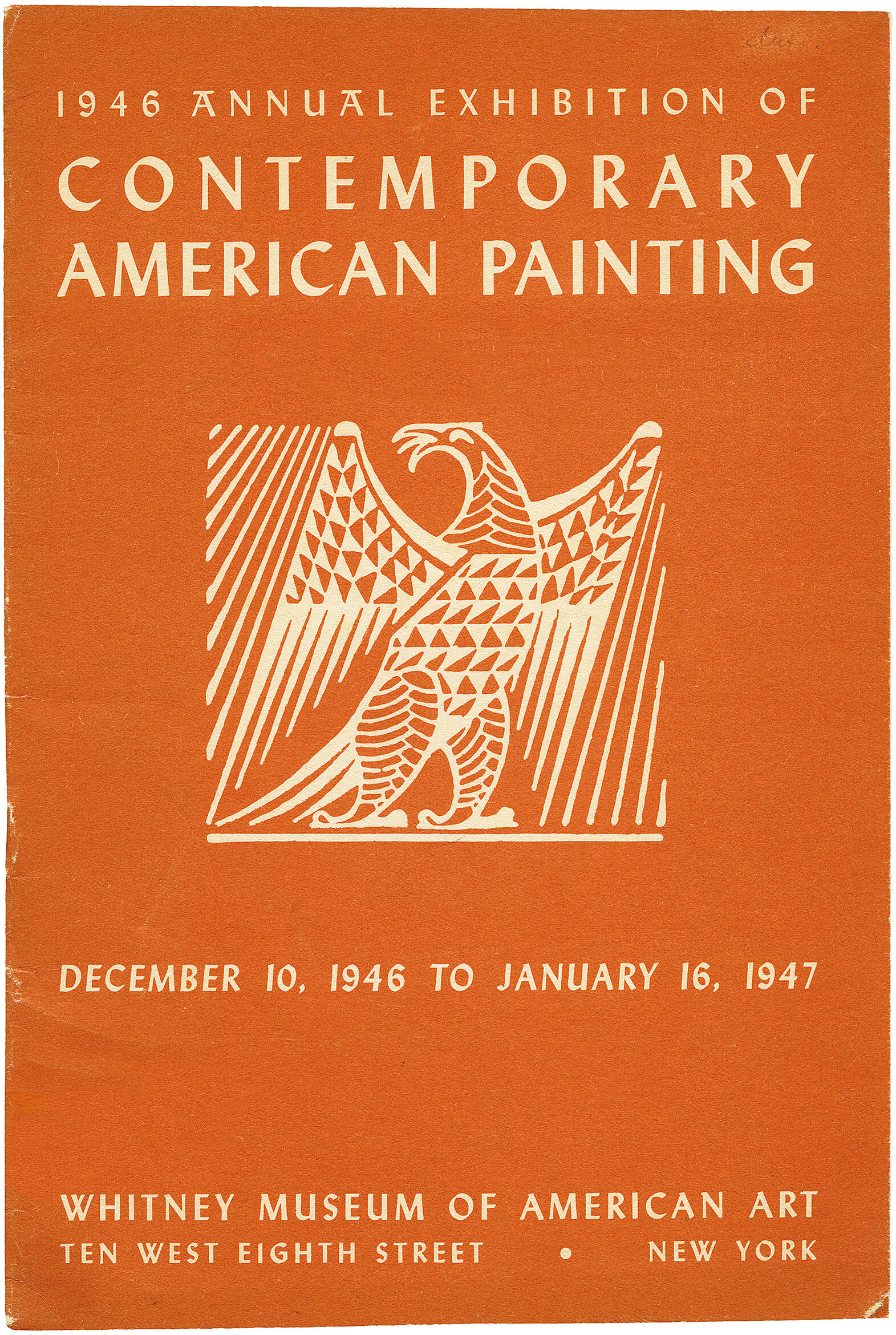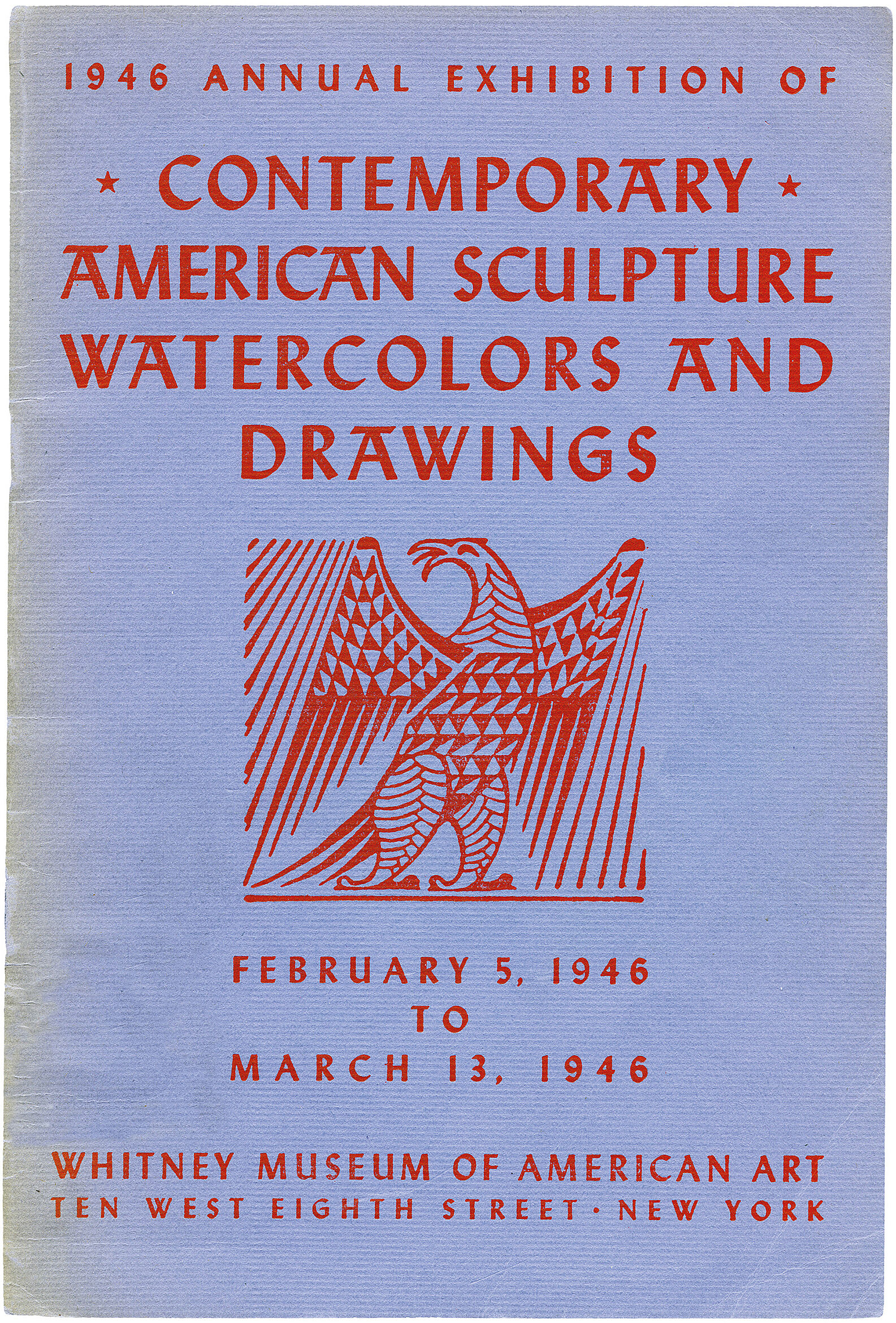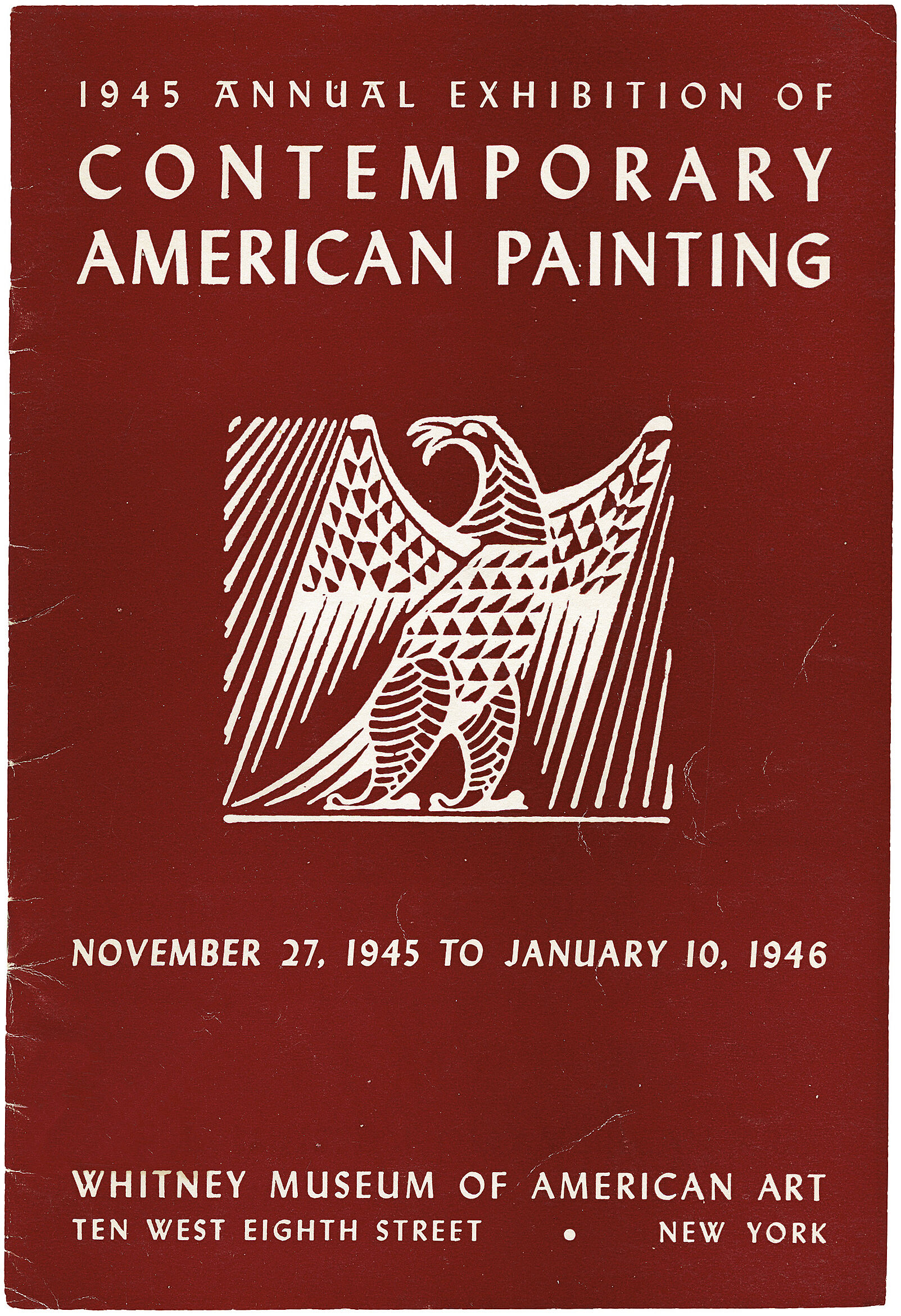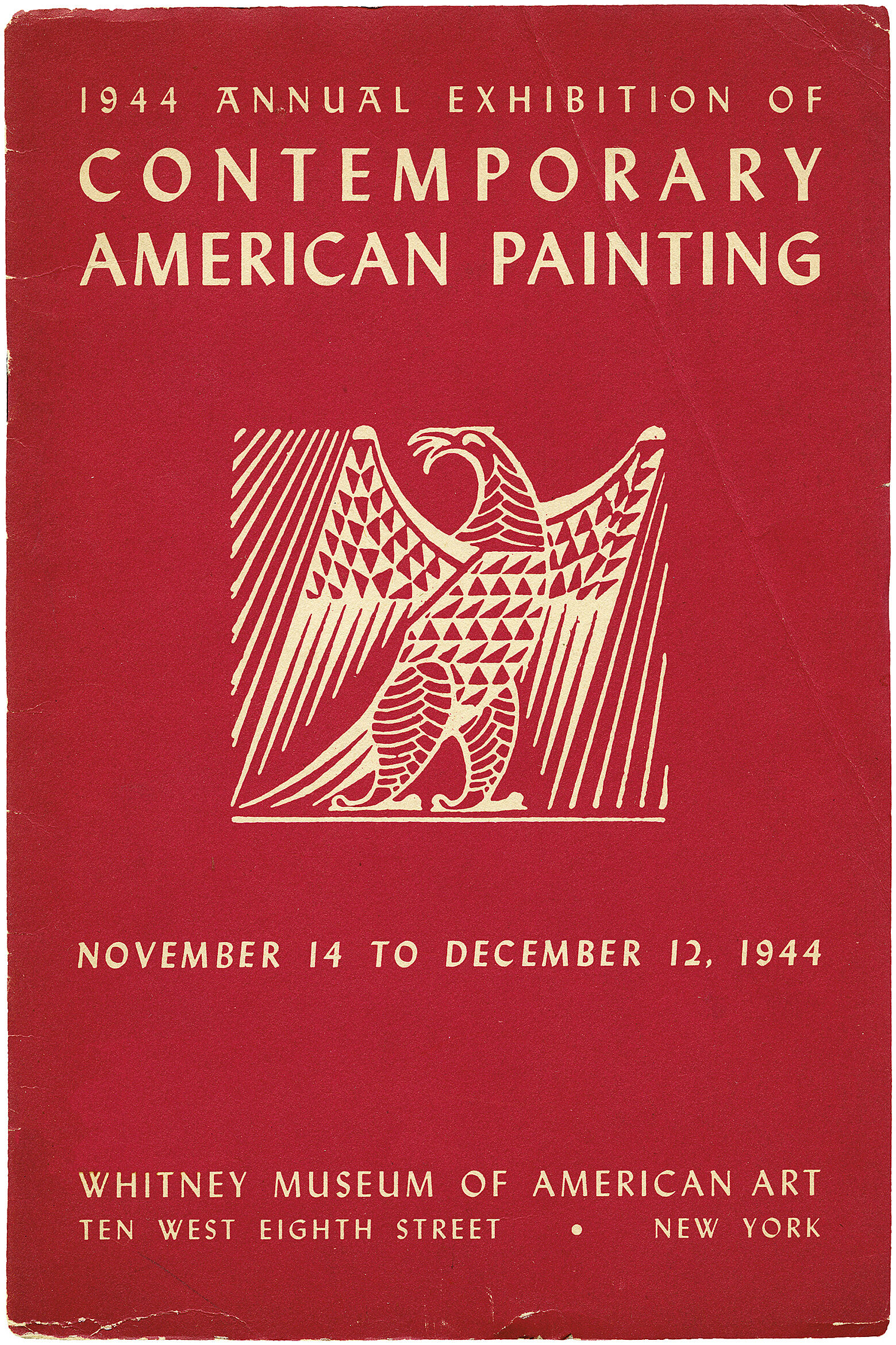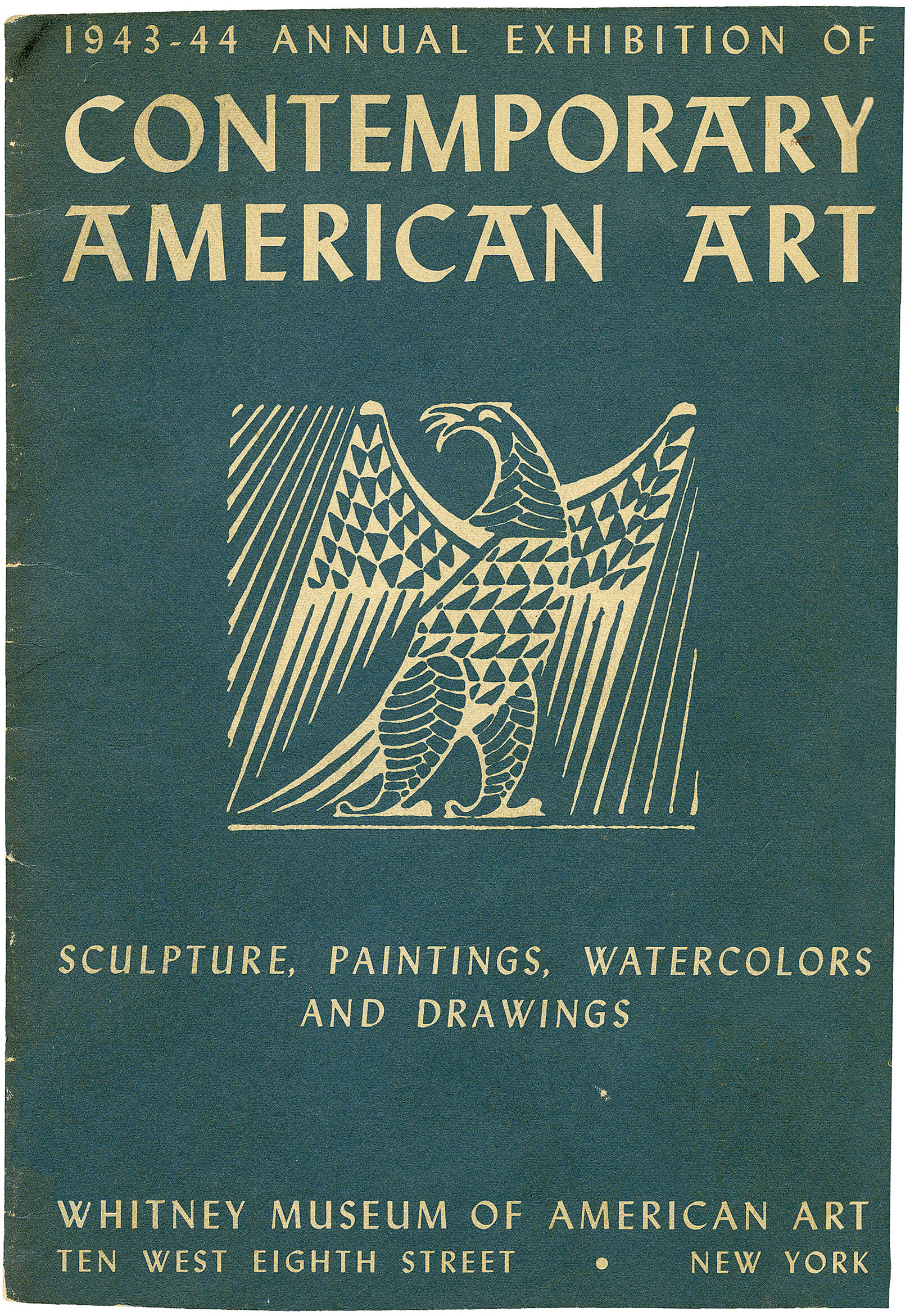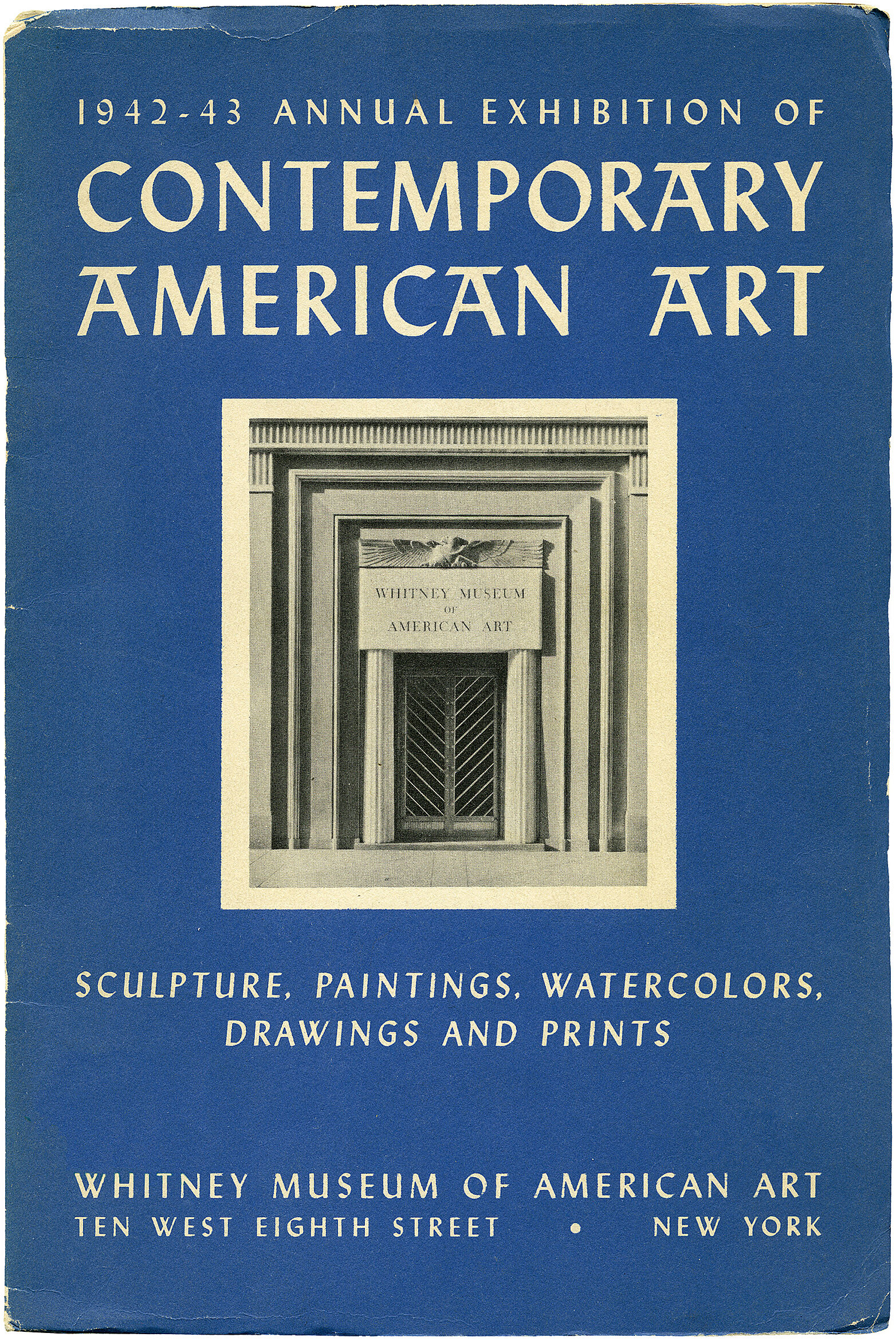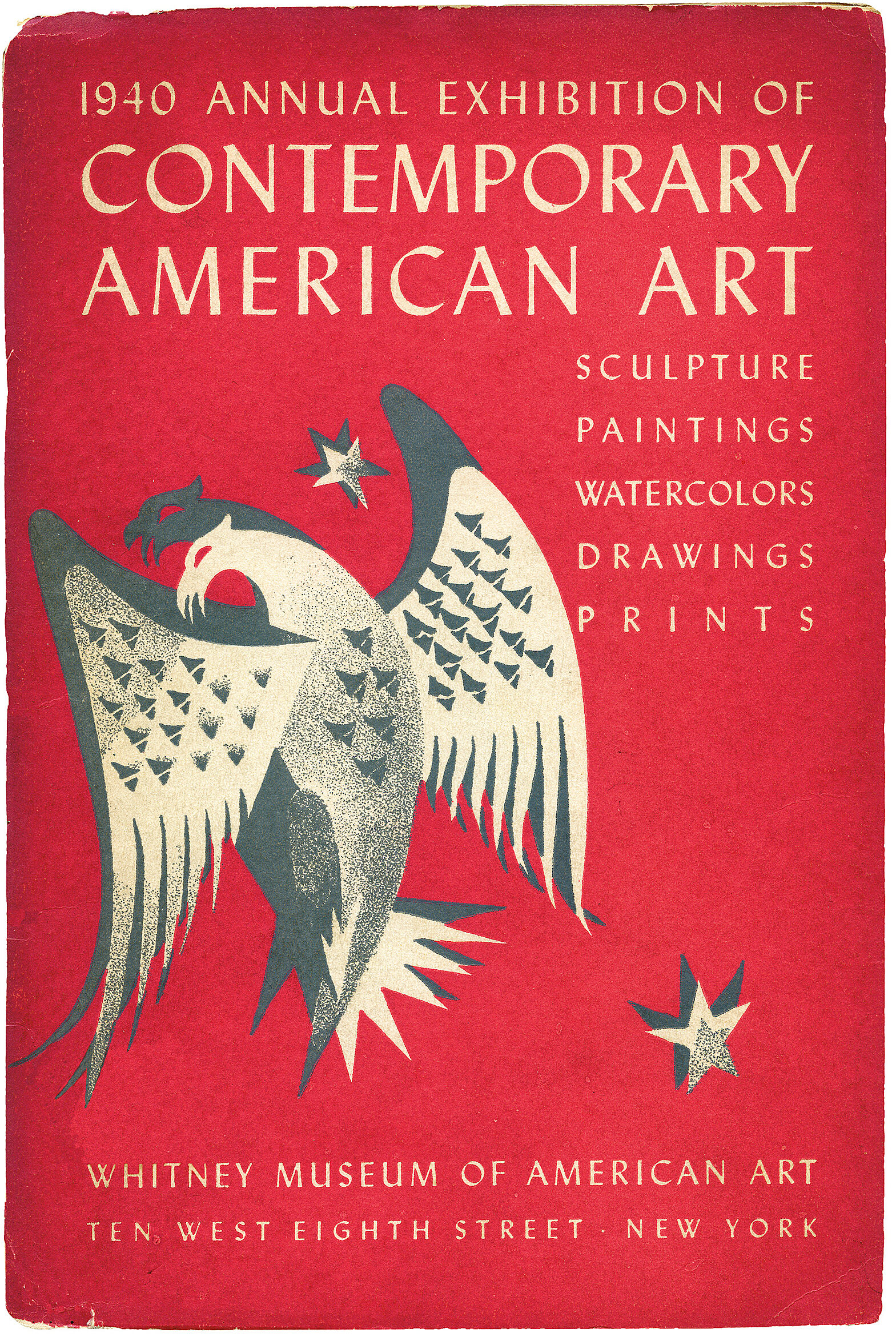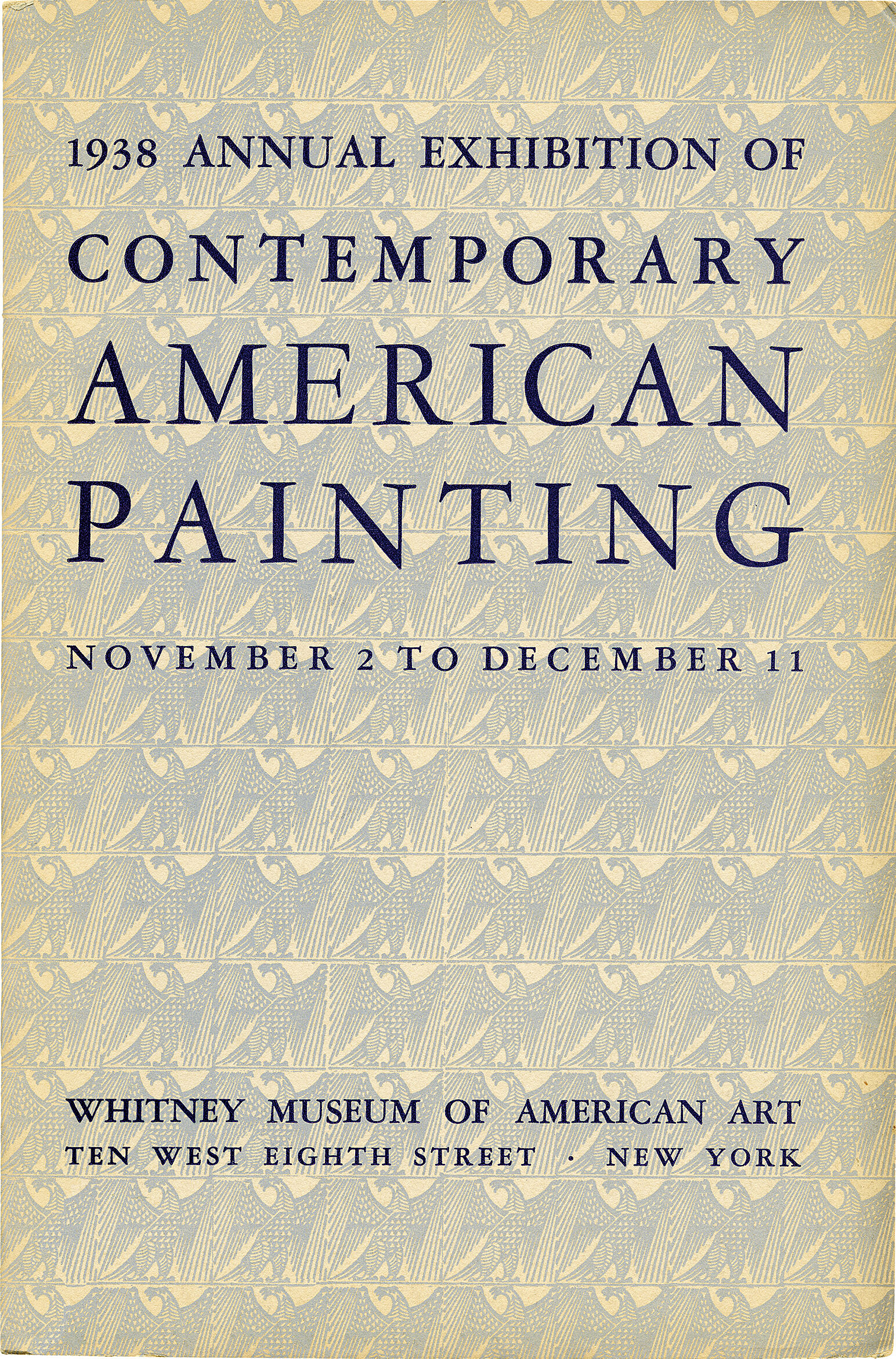Philip Guston
1913–1980
Philip Guston came to the United States from Canada as a young child in 1919 with his Russian émigré parents, who settled their family in California. In 1927 Guston enrolled in Manual Arts High School in Los Angeles, where, together with his friend and classmate Jackson Pollock, he was soon expelled for producing satirical broadsides. Continuing his artistic and intellectual explorations largely on his own, he began his formal career making figurative art in styles he explored until the late 1940s, including murals made in the 1930s concerned with political and social issues. After his permanent move to New York in 1949, the figures in Guston’s work gradually disappeared; his canvases became increasingly textured and his color palette more refined until his signature Abstract Expressionist style emerged.
Dial displays Guston’s confident approach to pure abstraction, and the painting glimmers from the use of gestural yet tempered brushstrokes. It includes the artist’s characteristic pinks and reds, with the concentration of color and broader brushwork at the center of the canvas. The composition is structured loosely upon a grid inspired by Piet Mondrian. Guston wrote about the significance of Dial to him, “This picture has a special importance for me as it is a culminating point of a certain period of my painting.” In the late 1960s Guston would follow a path back to figuration, incorporating a cartoon-inflected iconography into his painting. This transformation, which shocked the art establishment at the time, landed him at the forefront of the Neo-Expressionist movement and a new, postmodern era.
Introduction
Philip Guston (born Phillip Goldstein, June 27, 1913 – June 7, 1980) was a Canadian American painter, printmaker, muralist and draftsman. "Guston worked in a number of artistic modes, from Renaissance-inspired figuration to formally accomplished abstraction," and is now regarded as one of the "most important, powerful, and influential American painters of the last 100 years". He frequently depicted racism, antisemitism, fascism and American identity, as well as—especially in his later most cartoonish and mocking work—the banality of evil. In 2013, Guston's painting To Fellini set an auction record at Christie's when it sold for US$25.8 million.
Guston was a founding figure in the mid-century New York School, which established New York as the new center of the global art world, and his work appeared in the famed Ninth Street Show and in the avant-garde art journal It is. A Magazine for Abstract Art. By the 1960s, Guston had renounced abstract expressionism and was helping pioneer a modified form of representational art known as neo-expressionism. "Calling American abstract art 'a lie' and 'a sham,' he pivoted to making paintings in a dark, figurative style, including satirical drawings of Richard Nixon" during the Vietnam War as well as several paintings of hooded Klansmen, which Guston explained this way: "They are self-portraits ... I perceive myself as being behind the hood ... The idea of evil fascinated me ... I almost tried to imagine that I was living with the Klan." The paintings of Klan figures were set to be part of an international retrospective sponsored by the National Gallery of Art, the Tate Modern, the Museum of Fine Arts, Houston, and the Museum of Fine Arts, Boston in 2020, but in late September, the museums jointly postponed the exhibition until 2024, "a time at which we think that the powerful message of social and racial justice that is at the center of Philip Guston's work can be more clearly interpreted."
The announcement spurred an open letter, published online by The Brooklyn Rail and signed by more than 2,000 artists. It criticizes the postponement and the museums' lack of courage to display or attempt to interpret Guston's work, as well as the museums' own "history of prejudice". It calls Guston's KKK themes a timely catalyst for a "reckoning" with cultural and institutional white supremacy, and argues that that is why the exhibition must proceed without delay. On October 28, 2020, the museums announced earlier exhibition dates starting in 2022.
Wikidata identifier
Q701952
Information from Wikipedia, made available under the Creative Commons Attribution-ShareAlike License . Accessed November 24, 2025.
Introduction
He attended the Manual Arts High School in Los Angeles 1927-1928, followed by the Otis Art Institute, 1930. He was expelled from Otis after three months, but it was there that he began his friendship with Jackson Pollock. From this period on Guston was self-taught. After a figurative period, in the manner of Mexican mural artists, Guston became involved in the development of American Abstract Expressionism. In 1968 he made a radical return to figuration, waiting until 1970 to reveal this work publicly. These new cartoon-like works were not well-received when first shown, but have become highly regarded over time.
Country of birth
Canada
Roles
Artist, engraver, lithographer, muralist, painter
ULAN identifier
500023901
Names
Philip Guston, Philip Goldstein, Phillip (birth name - used before 1935) Goldstein
Information from the Getty Research Institute's Union List of Artist Names ® (ULAN), made available under the ODC Attribution License. Accessed November 24, 2025.

